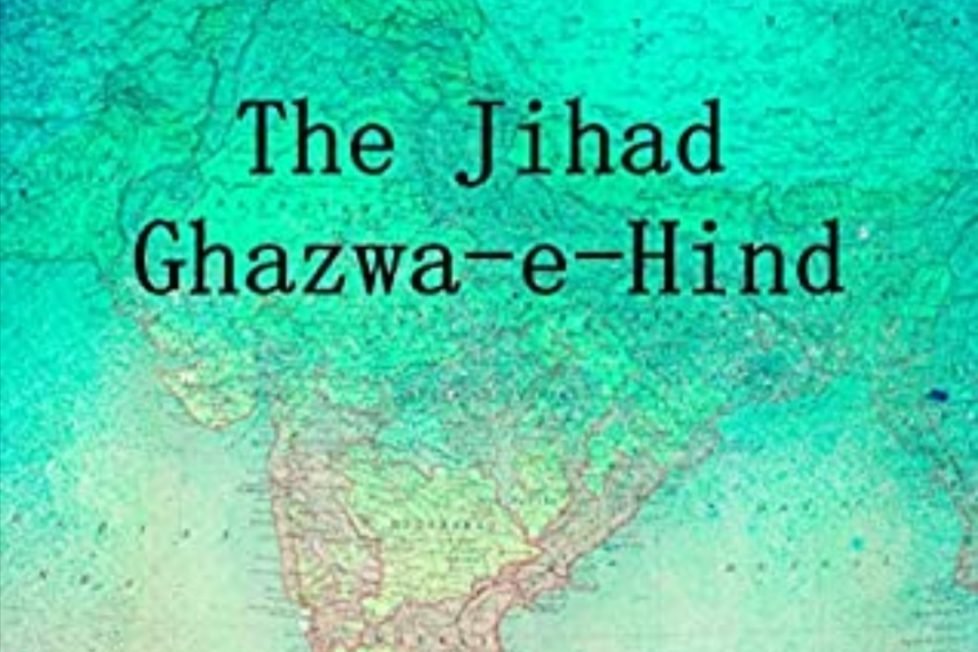Why and How the ISLAMIC rule stopped the Industrial revolution from happening in INDIA?


Before we delve in to the topic, lets get some background.
The various economic systems the Human race has seen so far at a broader level are as follows:
Coming to the topic, India was a feudal economy when Islam came to India. India had its thriving business class who traded extensively with the Roman civilization in Europe, Egypt in Africa, East Indies in the Bay of Bengal and even Philippines in Pacific.
As the business class in India would have gotten stronger and richer (as happened in Europe), then factory production and associated technological, political, social changes would have happened in Indian society in due course.
BUT, that did not happen. Why? And how the Islamic rule played a role? Lets understand.
All the Islamic rulers who came to India were actually looters, pillagers in their own society. For e.g., in reality the first Mughal emperor Babur was a dacoit and used to loot. The least capable persons or the least industrious persons of a society resort to crime and looting.
Those heinous criminal elements of the society came to rule India. Not only that, many of them (for e.g. Mahmud of Ghazni) took away vast amount of wealth from India. Had those wealth stayed in India, then “may be” they could have been invested for scientific innovation, technological progress and building large scale factories as was happening in Europe (Venice for e.g.).
Other Islamic rulers (Mughals for e.g.) came and settled in India. Since they had the political power, the took away all the business from the Hindu Mercantile class. For e.g. the Mughals dethroned all Hindu business persons from the shipping industry, armament Industry and wholesale business etc.
Will give two examples.
First, the traders of Odisha, called Sadhabas (male) and Sadhabanis(female), used to trade with the East Indies (Indonesia, Malaysia etc.). They used to sail from the mouth of the Mahanadi river in Cuttack. They thrived till the Hindu kings ruled in Odisha. After the Odia Hindu kings were defeated, the Islamic rulers forcefully took away all the businesses from the Odia merchant class. The ships they used were called “biota”. Even today on the auspicious occasion of Karthick Purnima, Odias celebrate a festival call “Boita Bandana” where paper boats are worshipped. Another festival called “Bali Yatra” is celebrated even today. This indicates the great trading traditions of the Odia society as they could sail as far as Bali in today’s Indonesia.
Second, do you know, the wife of Jahangir(Nur Jahan) was the owner of a big shipping enterprise which transported goods to and from the Middle-East. At one point that entire shipping Industry trading with middle east was owned completely by the Hindu traders.
With the Mughals taking over the important and profitable businesses by force, the native Hindu business class who would have eventually spearheaded the Industrial revolution were relegated to the backgrounded. The Islamic rulers who had come to India were the hardcore criminal elements of their societies, they had no trading experience at all. Hence, they lacked the basic capabilities to spearhead technological innovations and bring an Industrial revolution.
In the mean time, the European nations like Italy, Germany, Britain, France etc. which the Islamic Ottoman Empire had tried to capture (but failed) raced ahead and brought in the Industrial revolution.
Coming to our last point, how did the industrial revolution finally occur in India?
All the credit goes to the British. The British broke the economic backbone of the Mughals. The British loot of India hit the Mughals (who by now had controlled all economic arteries) hardest. After 1857 revolt, the British confiscated all the wealth of the Mughals and hence their economic dominance was over. The Mughals had lost all their political power due to their defeats in the hands of the Marathas.
With Mughal dominance over, many Hindu businessmen started to grow. We therefore see many Industrial families like Tatas, Birlas etc. spring up during the British rule after the destruction of Mughals in 1857.
Summarizing the entire story,
DISCLAIMER: The author is solely responsible for the views expressed in this article. The author carries the responsibility for citing and/or licensing of images utilized within the text.
